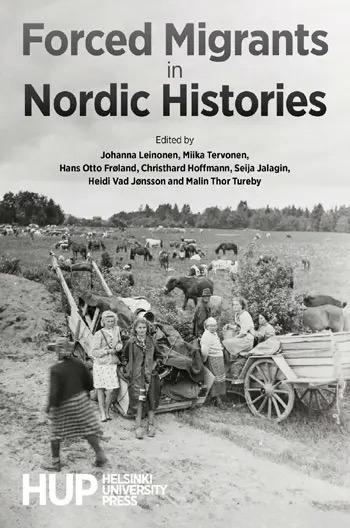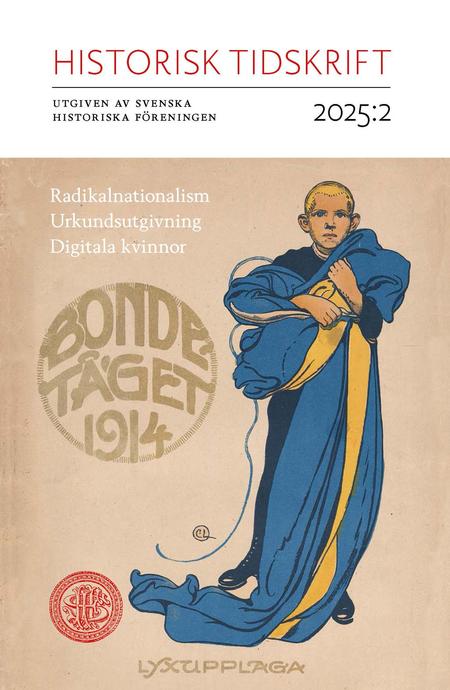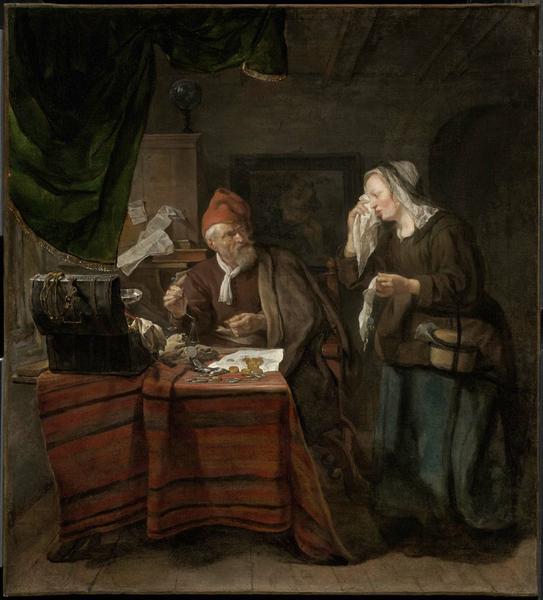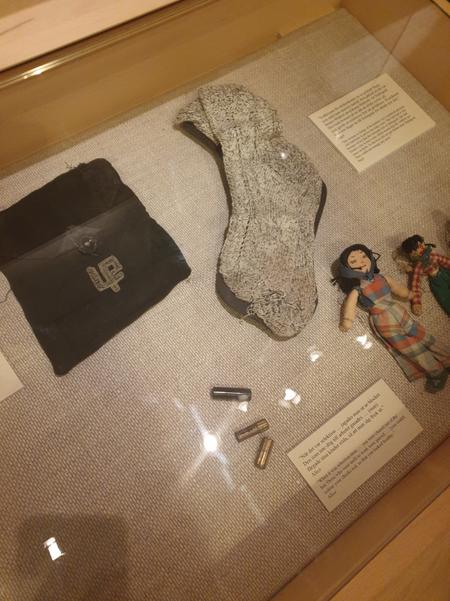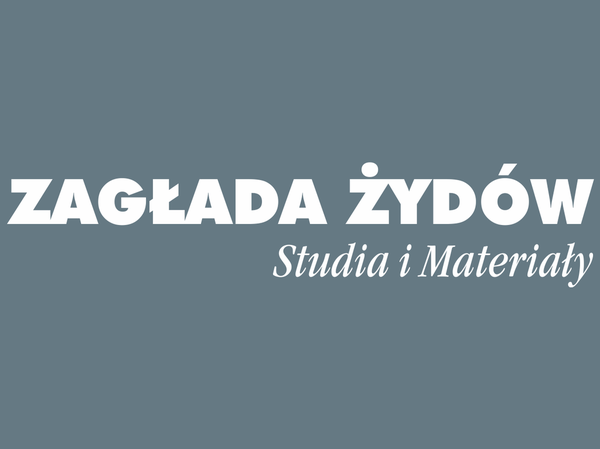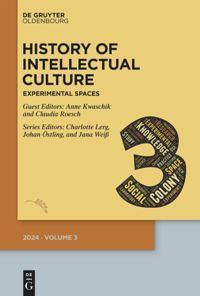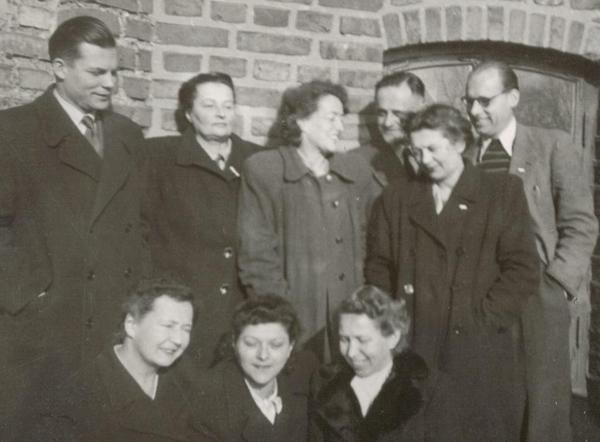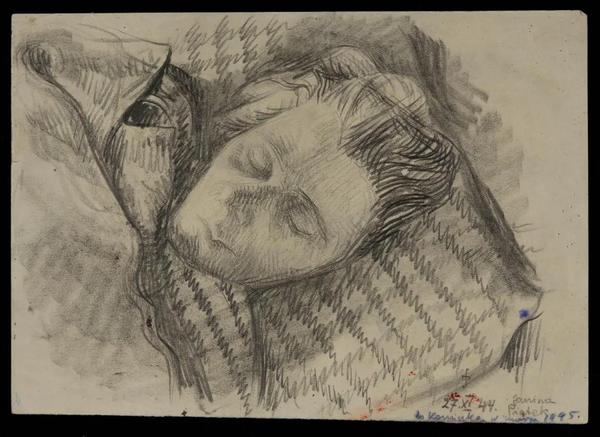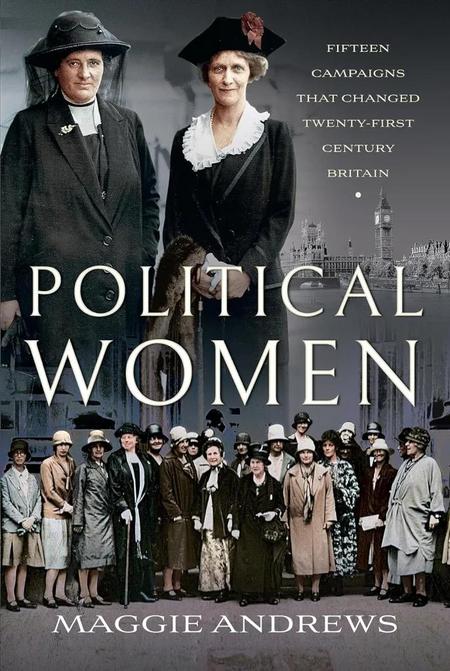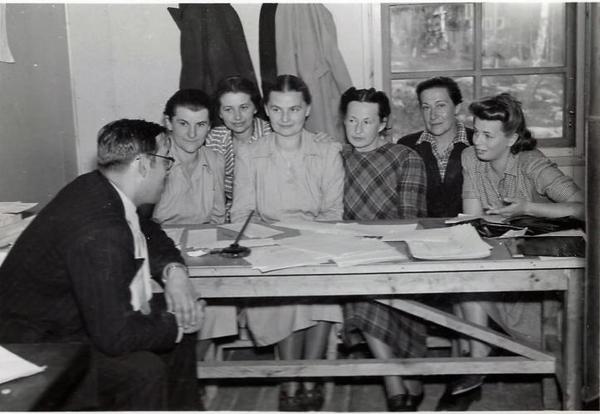Fallen Monuments and Contested Memorials
•
10th July 2023
Monuments Cast Shadows: Remembering and Forgetting the ‘Dead Survivors’ of Nazi Persecution in Swedish Cemeteries
Chapter 13 in “Fallen Monuments and Contested Memorials,” edited by Juilee Decker. This chapter, co-authored with Malin Thor Tureby, takes an unexpected example of contested spaces of memory and heritage as a point of departure to consider and reflect on how ‘dead survivors’ of Nazism buried in Sweden have been commemorated. The analysis considers five Swedish cemeteries by delving into the sites’ past and present, the presence and absence of monuments and other forms of memorialization and contextualization, and how these aspects relate to the discursive and historiographical treatment of victims of Nazi persecution who came to Sweden in both historical and contemporary contexts, particularly in relation to issues of gender, place, and identity and belonging.
